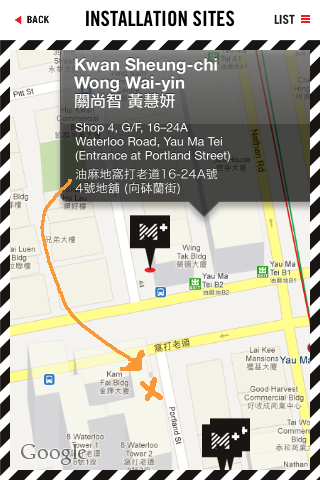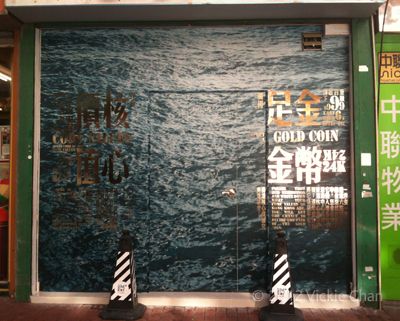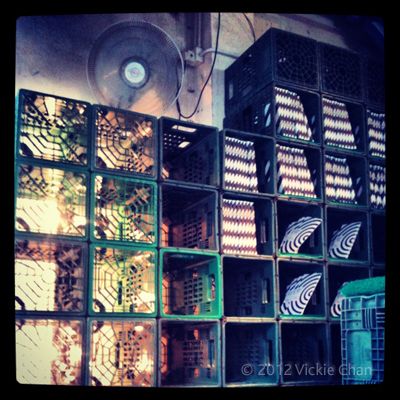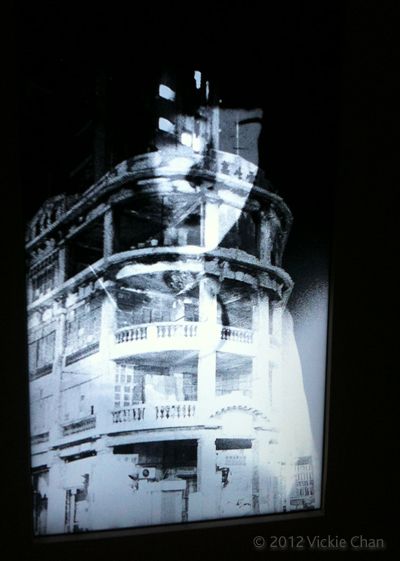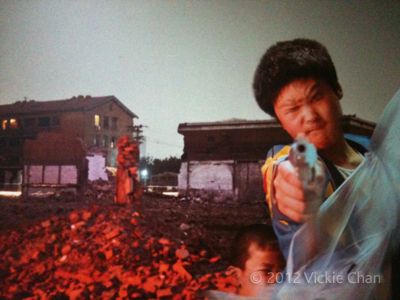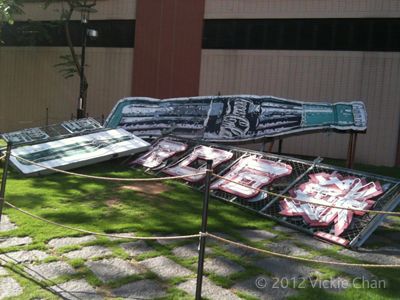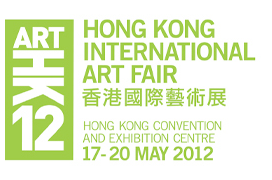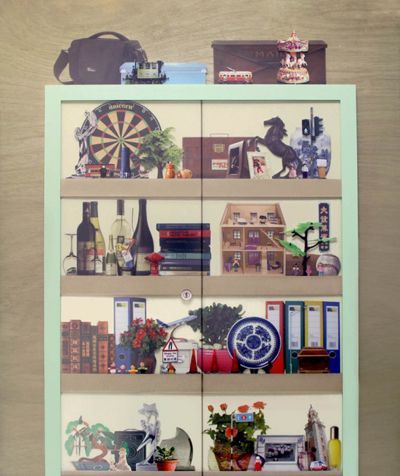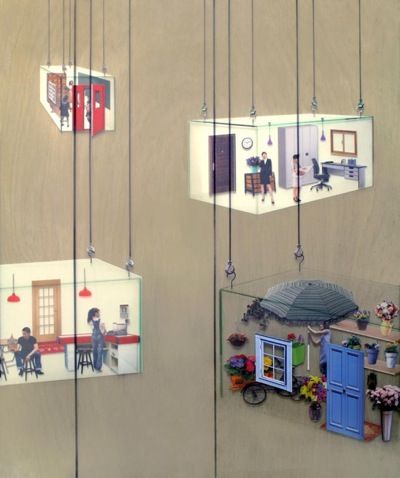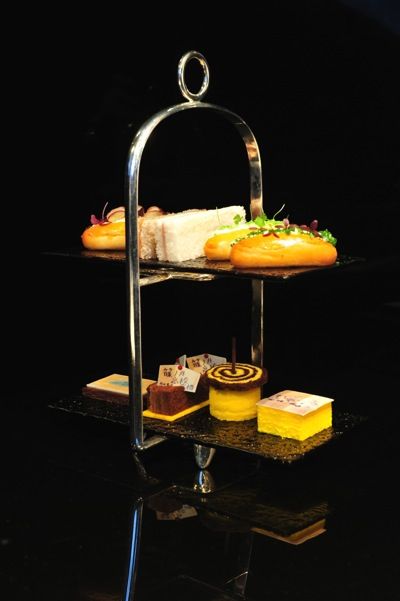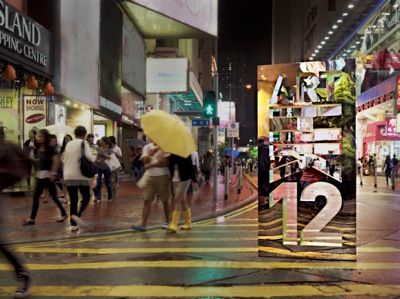A Chantown Art Critique Critter: What did I think of Art Basel Hong Kong?
I liked it. And I thought the brand changes externally were minimal, but I can't say the same for those who worked on the fair. Or for the collectors. (That said, I found the old website much more informative... why do Art Basel hide the Press section of their site?).
Between the first and the third floor, I preferred the third, but that might be because I started there, after CY Leung cut the ribbon to start the show. I might point out that I found his presence somewhat huomourous (he did not give a speech). But I also took it as a sign that the government can only be pleased they have secured Art Basel as a great business venture, since they do relatively little to promote the arts by way of education, support, funds or on a wider societal basis.
Art Fairs are a funny business for the average Joe. You might see famous pieces you'd otherwise need to travel to New York for. Or new works by artists just making the spotlight. But you are also confronted with hundreds of galleries and pieces – that aren't for you. You're not buying. Even at the Affordable Art Fair, the question of purchasing a piece needs careful, careful thought. Those are my savings.
So the enormity of an art fair is about as draining and overwhelming as seeing all of the Metropolitan in New York. You lose energy, will and interest. But fairs, the buzz that goes with them and your friends' Instagram streams make you feel like you have to see it all.
I think that ArtHK greatly improved over the years, but the works were a bit repetitive. Art Basel Hong Kong seems less so. The breadth of work and galleries presented is better. I even saw a Wayne Thiebaud – one of my favourite painters. (He's 92 and you could eat his work). I've never seen that at the fair before. You can find him at Acquavella somewhere on the third floor – you've got a map.
Onto other things. The vernissage somehow lacked the ambience, crowds and excitement of last year, despite that Kate Moss allegedly attended as did Shwan Yue (I didn't see him!) and Edison Chen. Actually I didn't see that many people that I know either, and usually, everyone is there.
That said, I know a number of artists and galleries that couldn't get enough vernissage tickets, something that I've never heard before. In Hong Kong, we all know someone... so it's not always that hard to get in (for free). Could it be that Art Basel tightened the reigns? It's hard not to feel, from inside chit chat, that this is a money machine. Of course it is – the art world is fickle, money makes it. But this is gossip so I should stop.
Out of about 245 galleries present at Art Basel, about 26 are Hong Kong galleries. While that includes White Cube and Ben Brown (etc), it's still a good percentage, as Fair Director, Magnus Renfrew pointed out. Well done Hong Kong.
Maybe it's just me, but while I enjoyed the fair (especially Thiebaud) I don't feel the lure to go back again over the weekend, I don't feel an attachment and I can't even point you to any pieces that you really must see except for Thiebaud and Shieh (that was at an HK gallery, I forgot which. Sorry, I was tired). I saw at least four pieces clearly based around guns.Yawn.
Instead, if you feel adventurous, go to the old cold storage beneath the Fringe Club and see Wun Dun. Artist Adrian Wong was selected by the Absolut Art Bureau to create an immersive installation for the launch of Art Basel HK – and it's hosted in the coolest spot (sorry: pun). Various performers will appear every night, and the cocktails were created by Wong (which if you know him, is a little concerning). I couldn't take Duck cocktail (with duck fat wash), but maybe you can.






















